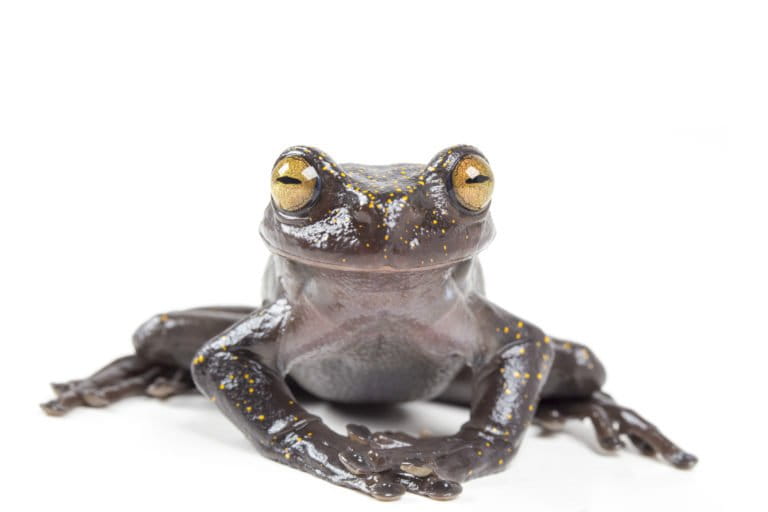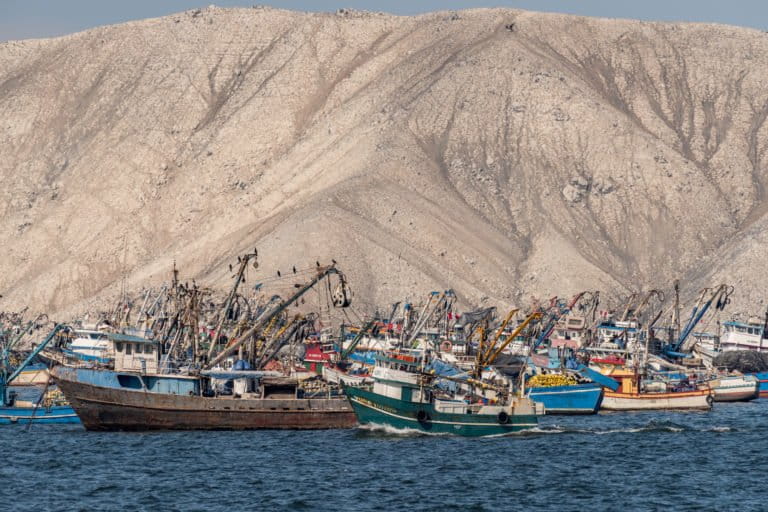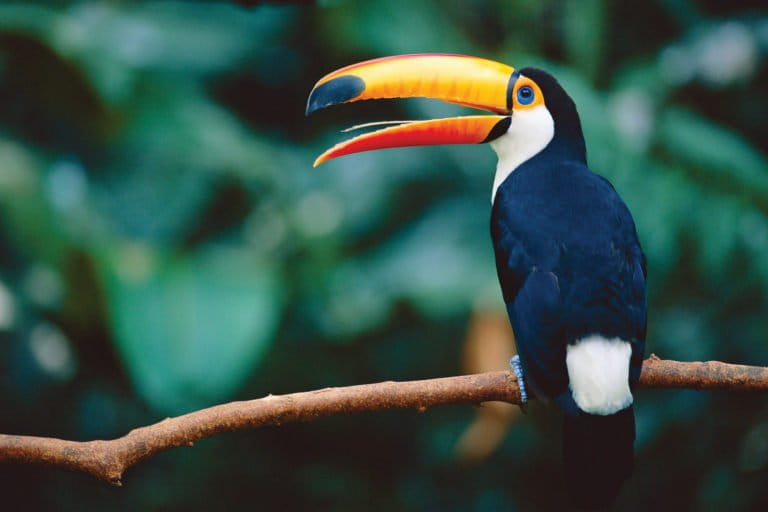The environmental impact of the global demand for lithium and more jaguar protection in South America, plus profiles of five pioneering women in conservation science, and a newly discovered tree frog in Ecuador — these are among the recent top stories from our Spanish-language service, Mongabay Latam.
Peru wants jaguar named Latin America’s flagship animal
Peru has requested that the Convention on International Trade in Endangered Species of Wild Fauna and Flora (CITES) recognize the jaguar (Panthera onca) as the most iconic species in the countries where it lives, and that it adopt special protective measures. It also asked for cross-border agreements and more drastic action against illegal trafficking in jaguar fangs.

Profiles in courage: Five Latin American women in conservation science
In recognition of the International Day of Women and Girls in Science on Feb. 11, Mongabay Latam presented profiles of leading women conservation scientists in Latin America, including Bolivian biologist Teresa Camacho with the K’ayra Center for Research and Conservation of Endangered Amphibians; Ecuadoran biologist Claudia Segovia, a specialist in Andean forest conservation; ecologist Audrey Grey, the only woman to win the prestigious Patricio Sánchez Reyes award from the Ecology Society of Chile; and marine biologist Joanna Alfaro, president of the NGO ProDelphinus. Only 28 percent of all researchers in the world are women. “At this moment, in most work areas, women are not even close to being half of those seated at the table where decisions are made,” said Paola Tello Guerrero, the Colombian physicist chosen in 2017 to be part of the Australian Homeward Bound Expedition, the largest ever such foray of women scientists to Antarctica.

New tree frog found in Ecuador’s Condor Corridor
The rich biodiversity of Ecuador’s Condor Corridor has yet to reveal its full mysteries, but a recent study has unearthed a tree frog species that’s new to science, Hyloscirtus hillisi. Most amphibians from this region have close relationships with other Andean or Amazon species; the closest relative of this tree frog is H. tapichalaca, also found in Ecuador.

Peru’s fish meal industry decimates anchovy stock
Illegal fish meal factories are a multimillion-dollar phenomenon along Peru’s coast. Some 90 million tons of fish meal were illegally produced between 2015 and 2017, which suggests an illegal trade in 400,000 tons of fish, worth more than $130 million a year. It’s estimated that the plants use up to 90 tons of anchovies a day, but a recent report says other fish are used to supplement that amount.

Lithium Triangle threatens salt flats in Chile, Bolivia and Argentina
A new gold rush, this time for lithium used in everything from cellphone batteries and computers to cars and solar panels, threatens the fragile salt-flat ecosystems of South America. Mega mines are diverting water from scarce rainfall in mountain salt flats in Bolivia, Chile and Argentina, now called the Lithium Triangle.

Little control of South American wild bird exports
Peru, Guyana and Suriname are the only countries in South America that regulate the wild bird trade. A new report has found that more than 35,000 people are involved in the illegal trafficking of up to 10 million birds a year in Brazil alone.

Read these stories in their entirety in Spanish here at Mongabay Latam.